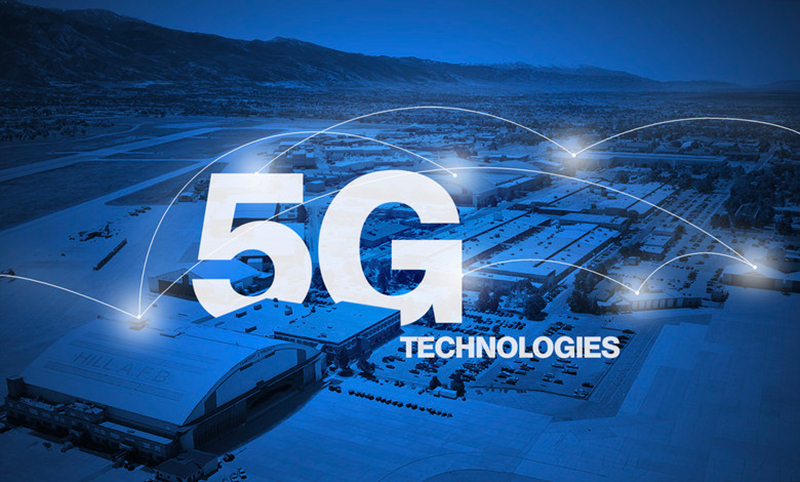IoT or Internet of Things refer to devices that connect to the internet to collect and share data. In healthcare, it could mean wearable wristbands, smart patches or smart clothes. Through these devices a user can self-manage their dietary habits and lifestyle, while doctors can use remote patient monitoring to monitor their patients remotely. More advanced tools like artificial intelligence (AI) are beginning to make their mark in healthcare. For IoT to function efficiently, you need a fast internet connection, and 5G, the next telecommunication revolution, is just around the corner. This fifth-generation cellular wireless promises to download data at least 10x faster than today’s 4G services.
Read more Qualcomm Launches $200M Investment Fund to Back Companies Building the 5G Ecosystem
“Being able to offload consumers to the WiFi and reserve medical operations for that digital antenna system for cellular is a strategy we see being more and more looked at and employed, and becoming the core strategy for healthcare as an industry,” Clint Cetti, global director of strategy and innovation at AT&T Business, said during a HIMSS20 Digital presentation, reports MobiHealthNews.
A huge number of patients, along with their families and friends are entering hospitals every day. In this case, the high-speed 5G network running in tandem with WiFi, could help hospitals to separate its traffic without worry of slowdowns to either party.

“Being able to offload consumers to the WiFi and reserve medical operations for that digital antenna system for cellular is a strategy we see being more and more looked at and employed, and becoming the core strategy for healthcare as an industry,” Cetti said.
With the advent of virtual reality and augmented reality, a clinician could use these platforms to help patients better understand their treatment or diagnosis.
For people in rural areas, where doctors are located several miles away, traveling to see a doctor while ill can be challenging and time-consuming. Telehealth and remote home monitoring systems, in this scenario, could provide care from the comfort of the patient’s home. Doctors could make recommendations via a short video call, and even submit prescription requests.
Read more Remote Patient Monitoring with Wearables – Improving Healthcare at Home and at the Point of Care
By enabling remote patient monitoring, artificial intelligence and AR/VR through 5G networks, hospitals and clinics can enhance the quality of patient care, lower cost of care, and more. 5G network can help healthcare providers deliver more personalized and preventive care.












